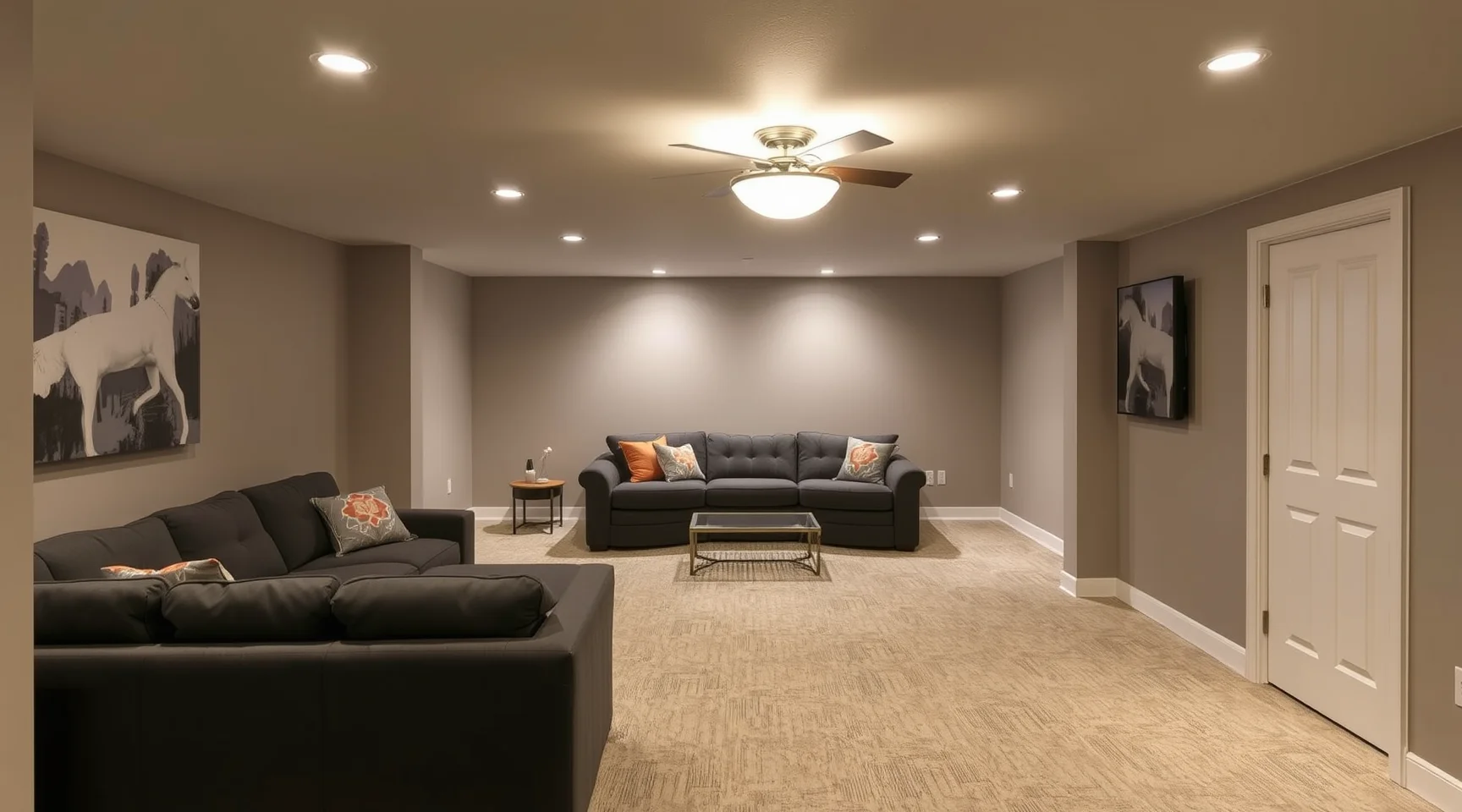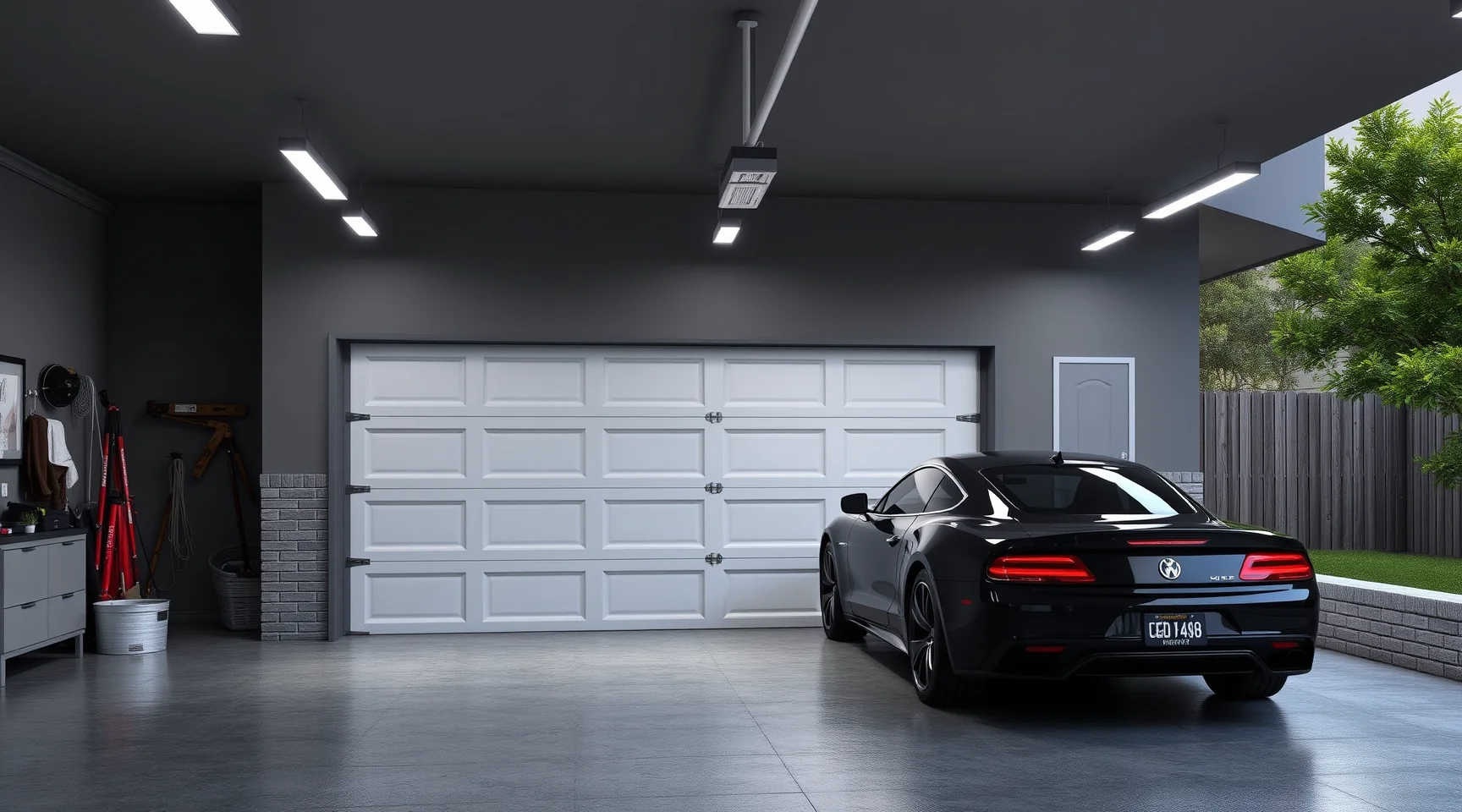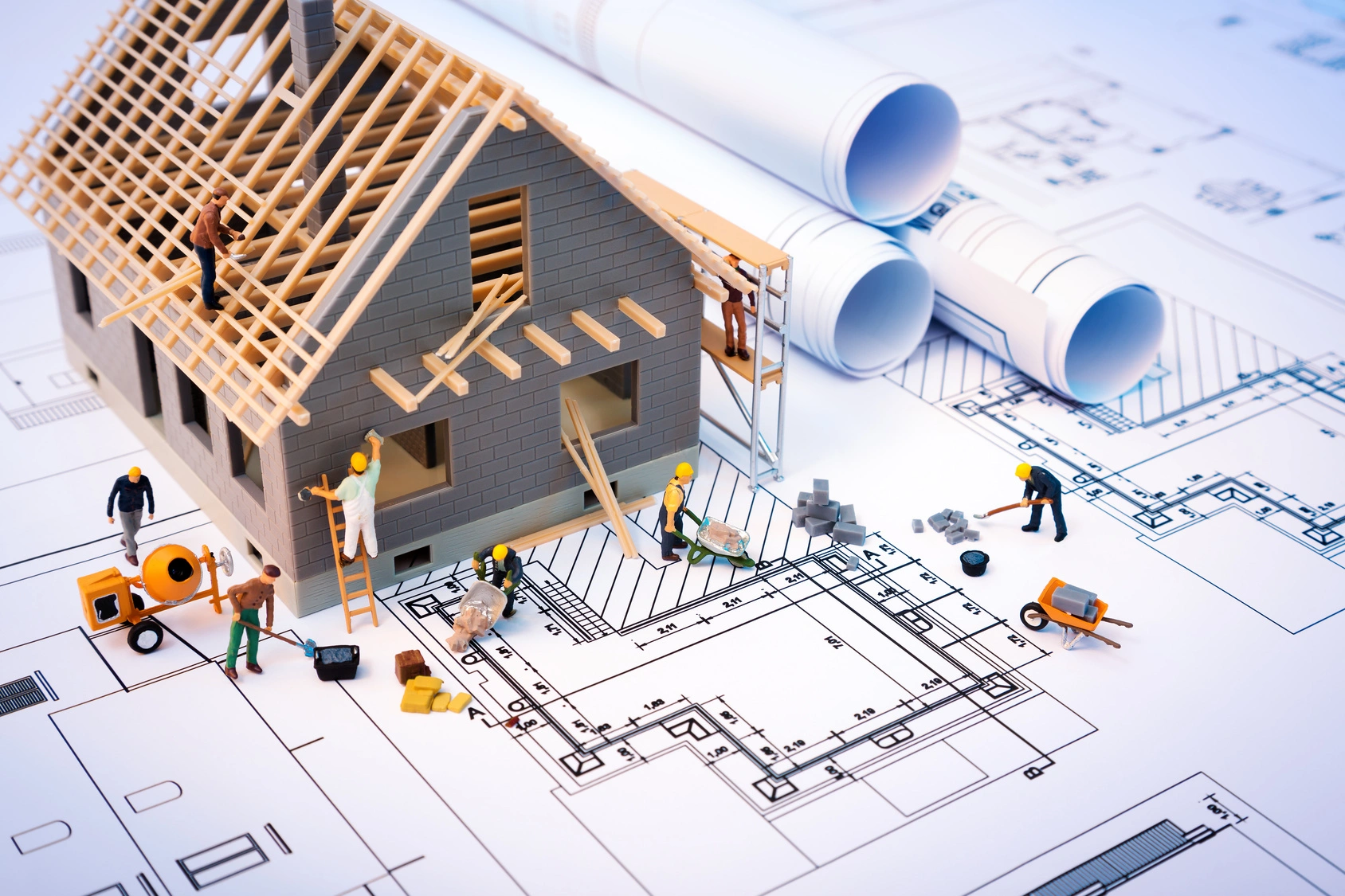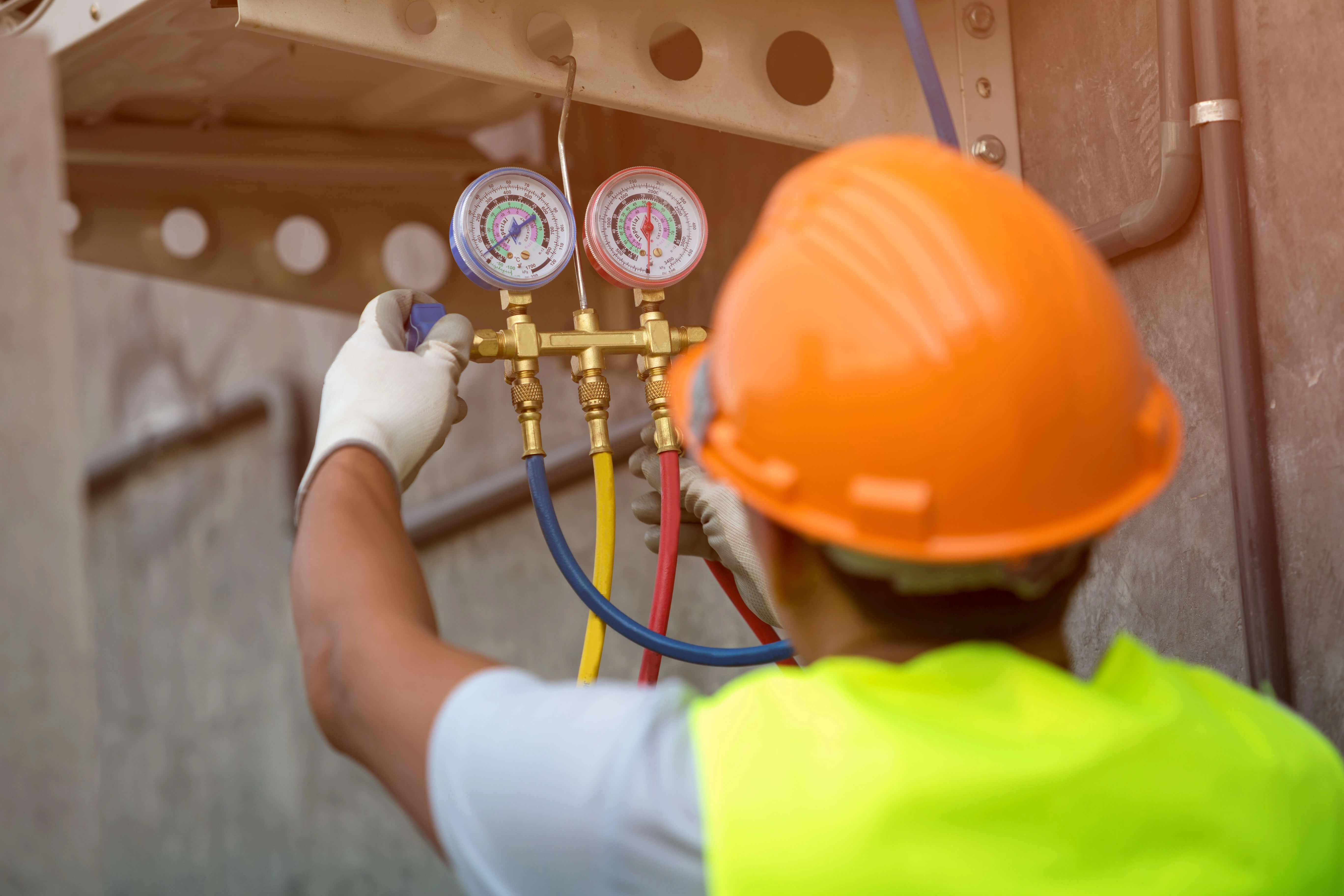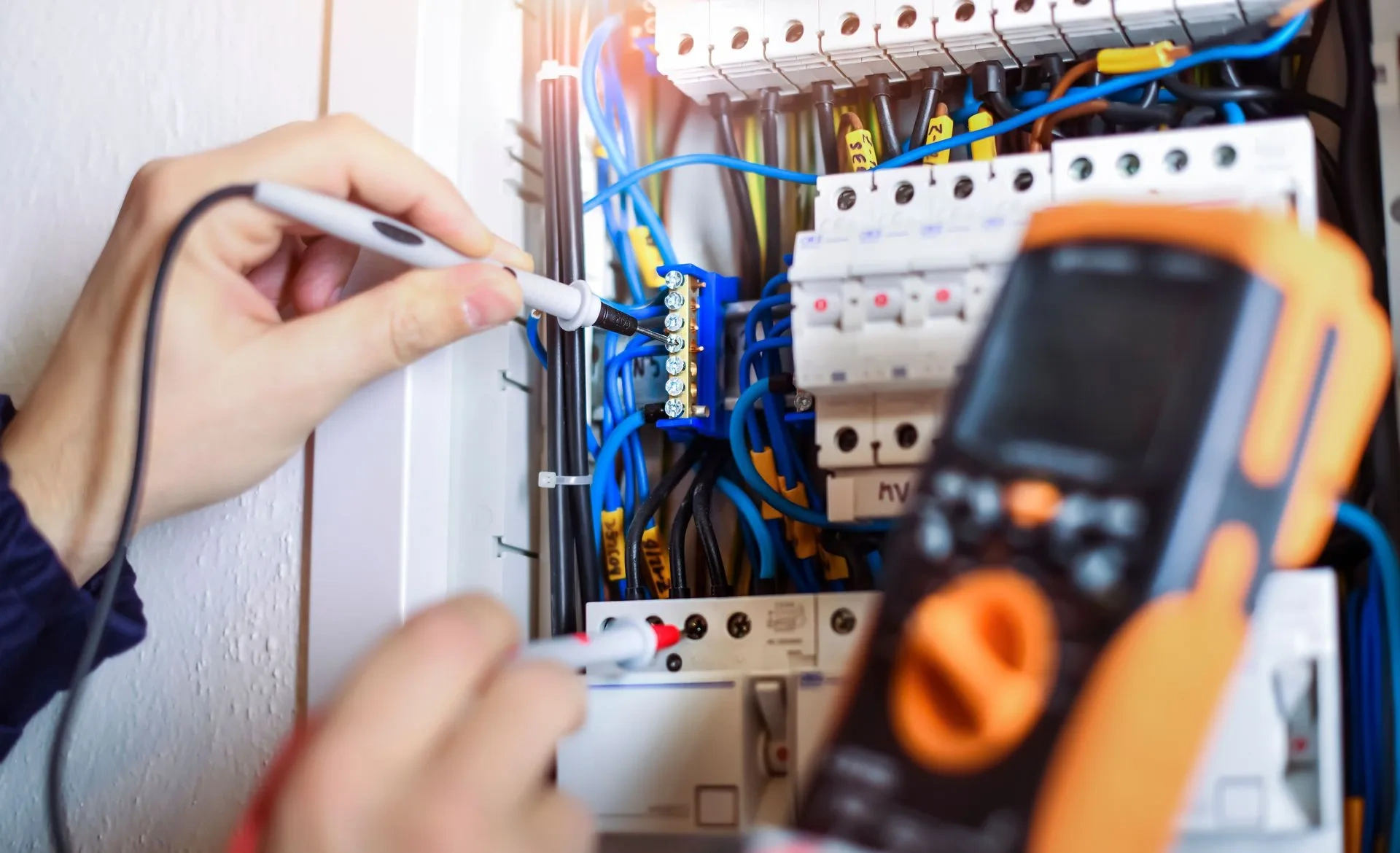
Cost to Install a Kitchen Backsplash | Ultimate Price Guide 2024
Understanding the Cost to Install a Kitchen Backsplash: A Comprehensive Guide
Renovating your kitchen can significantly enhance the functionality and aesthetic appeal of one of the most important spaces in your home. Among the myriad of upgrades, installing a kitchen backsplash stands out as an effective way to protect your walls from moisture and cooking splatters while adding a personalized touch to your culinary space. However, many homeowners wonder about the associated costs. In this comprehensive guide, we will explore the factors influencing the cost to install a kitchen backsplash, provide practical insights, and offer actionable tips to help you plan your budget effectively.
What Are the Key Factors That Influence the Cost to Install a Kitchen Backsplash?
The price to install a backsplash varies widely based on multiple elements, including materials, labor, design complexity, and the size of your kitchen. Understanding these factors enables homeowners to make informed decisions and select options aligned with their budgets and style preferences.
Which Materials Are Most Common for Kitchen Backsplashes and How Do They Affect Costs?
Material choice is arguably the most significant determinant of the overall expense. Here are some popular options:
Tile (Ceramic and Porcelain): These are among the most budget-friendly materials. Ceramic tiles are durable and versatile, with prices typically ranging from $5 to $15 per square foot. Porcelain tiles, slightly more durable, can cost around $7 to $20 per square foot.
Natural Stone (Marble, Granite, Slate): Luxurious and durable, natural stone tiles can elevate your kitchen's aesthetic but come with higher costs, generally between $10 to $50 per square foot.
Glass Panels: Offering a modern look, glass backsplashes usually cost $20 to $50 per square foot, including installation.
Metal and Stainless Steel: Perfect for industrial or contemporary styles, this material typically costs $15 to $30 per square foot.
Specialty Materials (Mosaic, Peel-and-Stick): Mosaic tiles can be more expensive depending on complexity, and peel-and-stick options are budget-friendly but may be less durable.
How Do Labor Costs Impact the Overall Price?
Labor charges depend on the complexity of your backsplash design, your geographic location, and the experience level of your contractor. On average, professional installation can add $20 to $50 per hour. For straightforward projects, labor may range from $200 to $500, whereas intricate designs or large areas can significantly increase this expense.
What Is the Range of Total Costs for Installing a Kitchen Backsplash?
Based on material choices and project scope, the total cost to install a kitchen backsplash can vary considerably:
Basic Backsplash: $300–$800 — Typically includes a simple ceramic tile backsplash in a small kitchen.
Mid-Range Backsplash: $800–$2,500 — Includes higher-end materials like natural stone or glass, with professional installation.
High-End Custom Backsplash: $2,500–$5,000+ — Features custom designs, premium materials, and intricate patterns, often in larger kitchens.
Are There Cost-Effective Alternatives Without Compromising Style?
If budget constraints are a concern, homeowners can explore alternatives like peel-and-stick tiles or DIY installation, which can substantially reduce costs. For example, peel-and-stick backsplash tiles typically cost less than $10 per square foot and are easy to install, making them suitable for DIY enthusiasts. However, it’s essential to weigh durability and aesthetics when opting for these alternatives. Also, consider consulting with professionals for tips on DIY installation or to evaluate the best value options for your specific kitchen layout.
How Can I Reduce the Cost to Install a Kitchen Backsplash Without Sacrificing Quality?
Effective budgeting involves strategic planning. Here are some actionable insights:
Choose Cost-Effective Materials: Opt for ceramic tiles or other affordable options that align with your style.
Size Your Backsplash Carefully: Larger areas increase costs, so plan your design to optimize the area to be covered.
DIY Where Possible: If you possess the skills, installing the backsplash yourself can eliminate labor costs. Resources like online tutorials can guide you through the process.
Schedule During Off-Peak Seasons: contractors may offer discounts during slower months, helping you save on labor expenses.
Combine Renovations: Consider integrating your backsplash installation with other kitchen upgrades, such as countertop replacement, to take advantage of bundled pricing.
What Are the Steps Involved in Installing a Kitchen Backsplash?
Understanding the installation process helps in planning and sets realistic expectations:
Preparation: Clear the area, remove old backsplash (if applicable), and ensure the wall surface is clean, level, and smooth.
Design Layout: Measure and plan the layout to minimize cuts and ensure symmetry.
Cutting and Fitting: Precise cutting of tiles or panels for edges and around outlets is crucial for a professional look.
Adhesion: Apply tile adhesive evenly using a notched trowel; press tiles firmly into place.
Grouting: Once adhesive sets, apply grout between tiles, clean off excess, and allow to cure.
Sealing and Finishing: Seal porous materials such as natural stone to prevent staining and ensure longevity.
Can I Incorporate Eco-Friendly and Energy-Efficient Elements in My Kitchen Backsplash?
Yes, eco-conscious homeowners can select sustainable materials like recycled glass tiles or responsibly sourced natural stone. Additionally, pairing your backsplash upgrade with energy-efficient lighting and appliances can amplify savings and environmental benefits. For insights on creating an energy-efficient kitchen, visit our Energy-Efficient Kitchen Remodeling article.
How Do I Find the Right Contractor for My Backsplash Installation?
Choosing a reliable contractor ensures quality results and fair pricing. Start by checking references, reviewing portfolios of past work, and confirming licensing and insurance. For trusted professionals in the Naperville area, read about our team in Kitchen Remodel Contractors in Naperville. A reputable contractor will guide you through material selection, design, and timeline planning.
What Are Common Mistakes to Avoid During Backsplash Installation?
Underestimating the amount of materials needed, leading to delays or mismatched batches.
Not preparing the wall surface properly, resulting in uneven or loose tiles.
Choosing low-quality adhesives or grouts that don’t match the material’s durability requirements.
Ignoring sealing requirements for porous materials, which can cause staining and damage over time.
Rushing the layout planning, leading to improper alignment or unattractive cuts.
What Are Some Popular Backsplash Design Trends to Consider?
Staying updated with design trends can help your kitchen remain stylish for years to come:
Subway Tile with Modern Twists: Classic yet versatile, with options for herringbone or stacked patterns.
Large Format Tiles: Minimal grout lines for a sleek appearance.
Mixed Materials: Combining glass, stone, and metal for unique textures.
Patterned or Mural Backsplashes: Customized designs that act as focal points.
Eco-Friendly Finishes: Eco-conscious materials and low-VOC adhesives.
Final Thoughts: Is Investing in a Kitchen Backsplash Worth It?
Investing in a kitchen backsplash not only enhances your kitchen’s appearance but also offers functional benefits, protecting walls from water and food splatters. With a variety of materials and design options available, you can tailor your project to fit your unique style and budget. Proper planning and choosing the right professionals can ensure your backsplash installation is both durable and aesthetically pleasing. For a seamless remodeling experience, consider partnering with experts like Alpha Omega Home Remodeling, who can transform your vision into reality.
Frequently Asked Questions
How much does it typically cost to install a kitchen backsplash?
The cost varies based on materials, size, and labor, ranging from as low as $300 for simple projects to over $5,000 for custom, high-end designs.
Can I install a backsplash myself?
Yes, DIY installation is feasible with proper planning, tools, and patience. However, professional installation ensures the best results, especially with complex designs or high-end materials.
What materials are easiest for a DIY backsplash project?
Peel-and-stick tiles and simple ceramic tiles are popular choices for DIY projects due to their ease of installation and affordability.
How long does a typical backsplash installation take?
The timeline depends on project size and complexity but generally ranges from one to three days for professional installers.
Are there eco-friendly options for kitchen backsplashes?
Yes, recycled glass tiles and sustainably sourced natural stone are environmentally friendly options that contribute to green remodeling practices.
For more personalized guidance and expert service, contact Alpha Omega Home Remodeling — your partner in creating beautiful, functional, and energy-efficient kitchens tailored to your needs.






